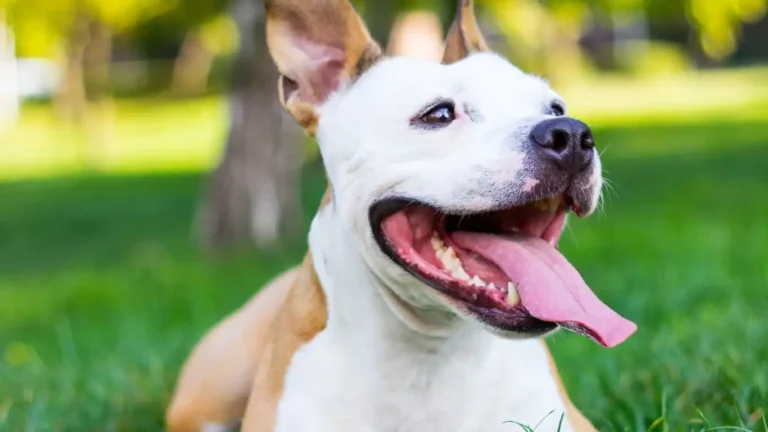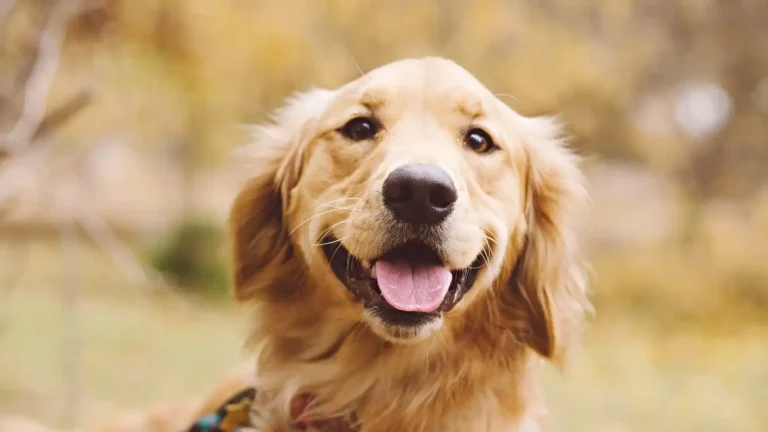Effective Guide on How to Clean a Dog’s Eyes Without Irritation – Step-by-Step Tips
As a veterinary technician with a specialization in nutrition, I’ve seen firsthand how much pets, especially dogs, rely on their eyes to navigate the world. When a dog’s eyes are irritated, it can make them uncomfortable, which in turn, affects their overall well-being. Whether it’s excessive tear staining, eye discharge, or even minor irritations caused by dust or allergens, knowing how to clean a dog’s eyes without irritation is essential for any pet owner. In this guide, I’ll share some tried-and-true methods for gently cleaning your dog’s eyes and keeping them happy and healthy. We’ll also discuss common causes of eye irritation and some tips on preventing it. I know it can seem tricky at first, but don’t worry! With the right steps and a little patience, you’ll become a pro in no time. Let’s get started!
Understanding Your Dog’s Eye Health
Before we dive into the cleaning techniques, let’s talk about why eye health is so crucial for your dog. Dogs rely heavily on their vision, not just for navigating their environment, but also for communicating with other animals and humans. If your dog is dealing with eye irritation or infection, it can affect their behavior, eating habits, and overall mood. So, keeping their eyes clean and healthy isn’t just about aesthetics—it’s about ensuring they live a comfortable, pain-free life.
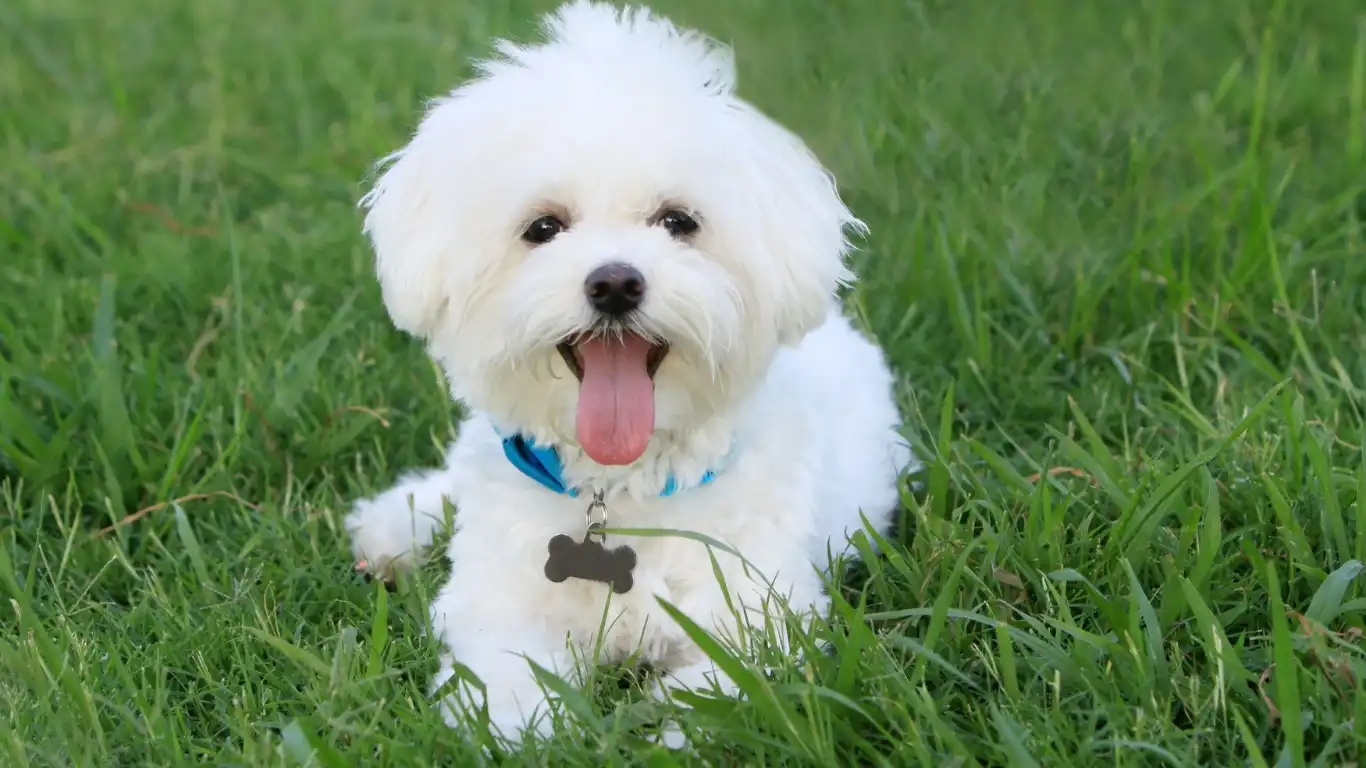
When cleaning a dog’s eyes, it’s important to know the difference between a simple tear stain and something more serious. Some dogs, particularly breeds with flat faces like Bulldogs or Pugs, are more prone to eye issues. Their anatomy can make it more difficult for them to clear tears naturally, leading to build-up around their eyes. On the other hand, certain dog breeds like Cocker Spaniels or Shih Tzus may develop chronic tear stains or discharge due to their longer hair around the eyes.
But eye irritation isn’t always breed-specific. It can stem from various factors, such as environmental allergens, dust, pollen, or even chemicals in their surroundings. If your dog is experiencing persistent eye discomfort, it’s always a good idea to consult with your vet. But if the irritation is minor, there are safe ways to clean your dog’s eyes without causing any harm. Let’s go over a few gentle yet effective techniques.
Step-by-Step Guide on How to Clean a Dog’s Eyes Without Irritation
Cleaning your dog’s eyes may seem daunting at first, but once you get the hang of it, it becomes a simple and quick routine. Here’s a step-by-step breakdown of how to clean your dog’s eyes gently and safely.
- Step 1: Gather Your Supplies – The first thing you’ll need is a clean, soft cloth or a cotton ball. Make sure it’s something that won’t scratch the delicate skin around their eyes. Next, grab a canine-safe eye cleaning solution. I recommend using a tear stain remover or an eye wash that’s specifically designed for pets. Avoid using human eye drops or solutions, as they can contain chemicals that could irritate your dog’s eyes.
- Step 2: Prepare Your Dog – Make sure your dog is comfortable before you begin. You can either sit them on your lap or have them lay down on a non-slippery surface. Gently pet them and calm them down so they’re not squirming around while you clean. If your dog gets anxious about having their face touched, you can try to distract them with their favorite treat or toy.
- Step 3: Wet the Cloth or Cotton Ball – Dampen your cloth or cotton ball with a small amount of the eye cleaning solution. You don’t want it to be soaking wet, just moist enough to help loosen up any debris or discharge.
- Step 4: Wipe Away the Debris – Gently wipe around the corner of your dog’s eye, starting from the inner corner near the nose and moving outward. Use a gentle motion, taking care not to press too hard. Avoid wiping directly on the eyeball unless absolutely necessary, as this could cause discomfort or injury.
- Step 5: Repeat if Necessary – If there’s visible discharge or tear staining, you may need to repeat the process once or twice. Just be sure to use a fresh cotton ball or clean part of the cloth for each wipe to avoid spreading any bacteria.
- Step 6: Reward Your Dog – After you’re done, make sure to reward your dog with lots of love, praise, and perhaps a small treat! This helps to associate the cleaning process with positive experiences.
It’s important to note that you should never use any harsh chemicals or abrasive materials when cleaning your dog’s eyes. Stay away from baby wipes or any cleaning products that aren’t specifically designed for pets. Also, avoid using excessive force—gently is the key. With consistent care and the right products, you can help your dog maintain healthy eyes and avoid unnecessary irritation.
Common Eye Irritation Triggers to Watch Out For
Now that you know how to clean your dog’s eyes without irritation, let’s quickly touch on some common causes of eye irritation that you should be aware of.
- Allergens – Just like humans, dogs can be sensitive to seasonal allergies. Dust, pollen, or even certain cleaning products can trigger eye irritation in dogs. If your dog’s eyes seem watery or red, it could be an allergic reaction. In these cases, wiping away the excess tear build-up can help, but if the irritation persists, a vet visit may be necessary.
- Foreign Objects – Sometimes, a stray piece of dust or a tiny hair can find its way into your dog’s eye and cause discomfort. If you notice excessive squinting or pawing at their eyes, it might be worth checking to make sure there’s no foreign object lodged in there.
- Infections – Eye infections can happen when bacteria or other pathogens enter the eye, usually from contact with dirty paws or contaminated surfaces. If your dog’s eyes are excessively red, swollen, or producing a thick discharge, an infection could be the cause. In this case, it’s best to consult your veterinarian for treatment.
Being mindful of these potential irritants and keeping your dog’s eyes clean and free from discharge can go a long way in preventing discomfort. If you notice any persistent issues or unusual symptoms, always reach out to your vet for advice.
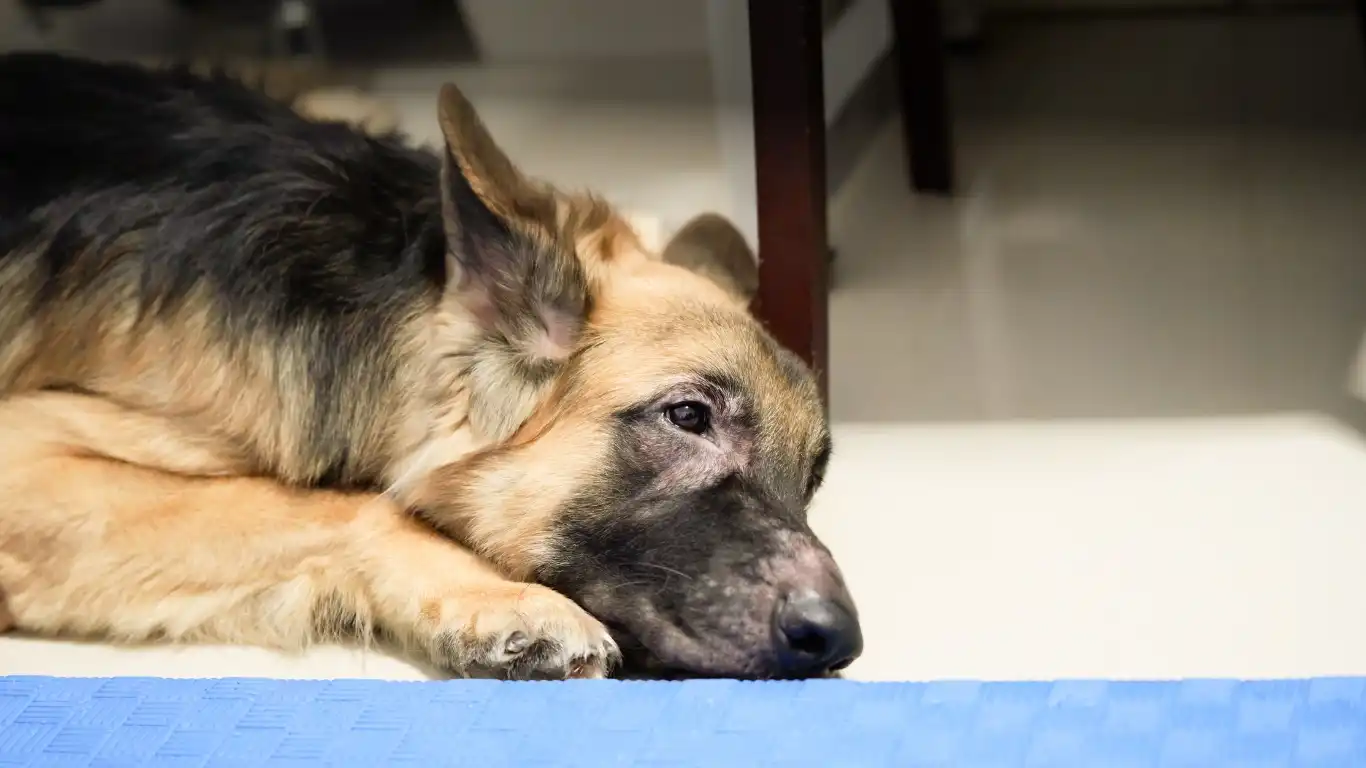
Signs That Your Dog’s Eye Irritation May Be More Serious
Sometimes, a bit of irritation is no big deal, but there are certain signs you should never ignore. If your dog is experiencing any of the following symptoms, it’s time to seek veterinary attention:
- Excessive squinting or pawing at the eyes
- Cloudiness or discharge that isn’t easily wiped away
- Redness or swelling around the eyes
- Changes in behavior (e.g., avoiding light, acting lethargic)
These could be signs of a more serious issue like an infection, glaucoma, or even injury. When in doubt, it’s always better to err on the side of caution and consult with a vet who can provide proper treatment.
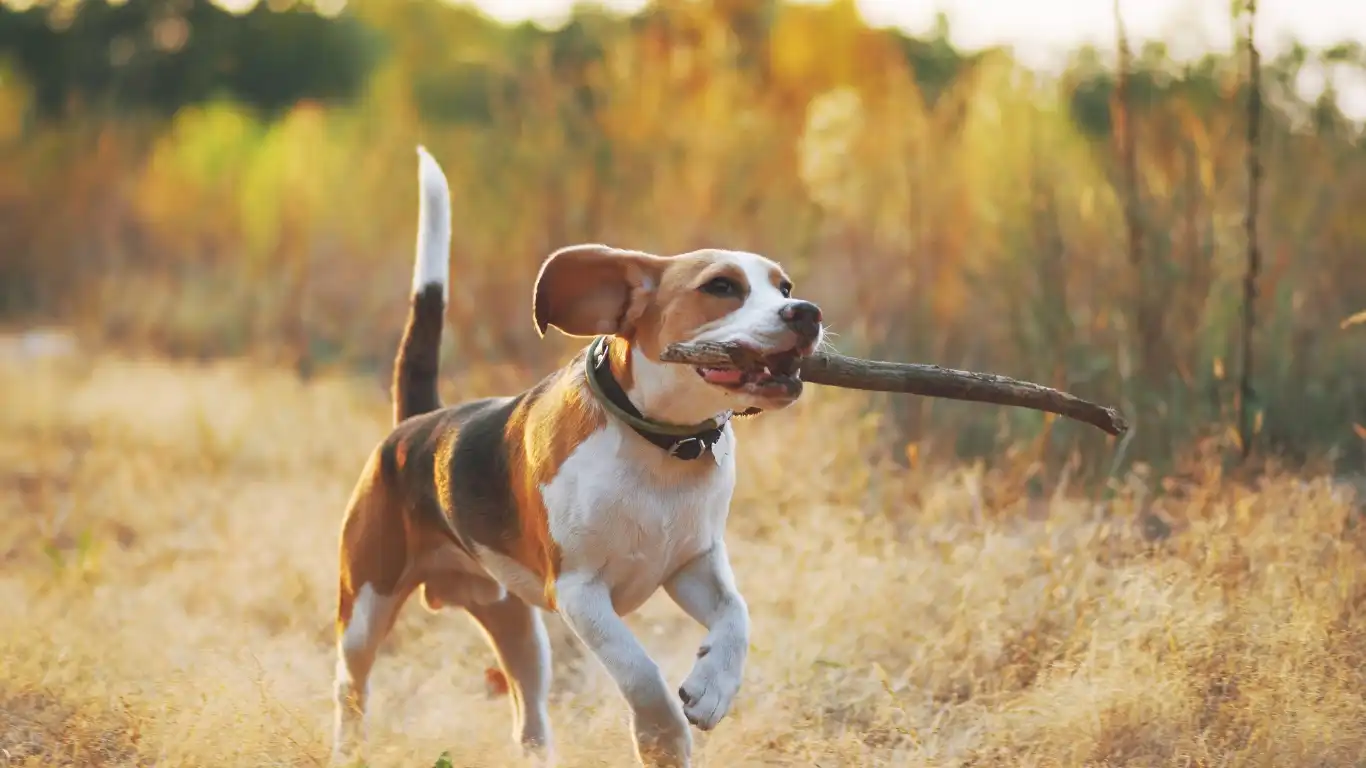
Choosing the Right Eye Cleaning Products for Your Dog
When it comes to cleaning your dog’s eyes without irritation, the products you use are just as important as the method. Trust me, I’ve seen the difference between using the right solutions and making the mistake of choosing something that’s too harsh. I get it—there are so many options on the market, and it can be overwhelming trying to figure out what works best. But don’t worry! I’m here to help break it down for you.
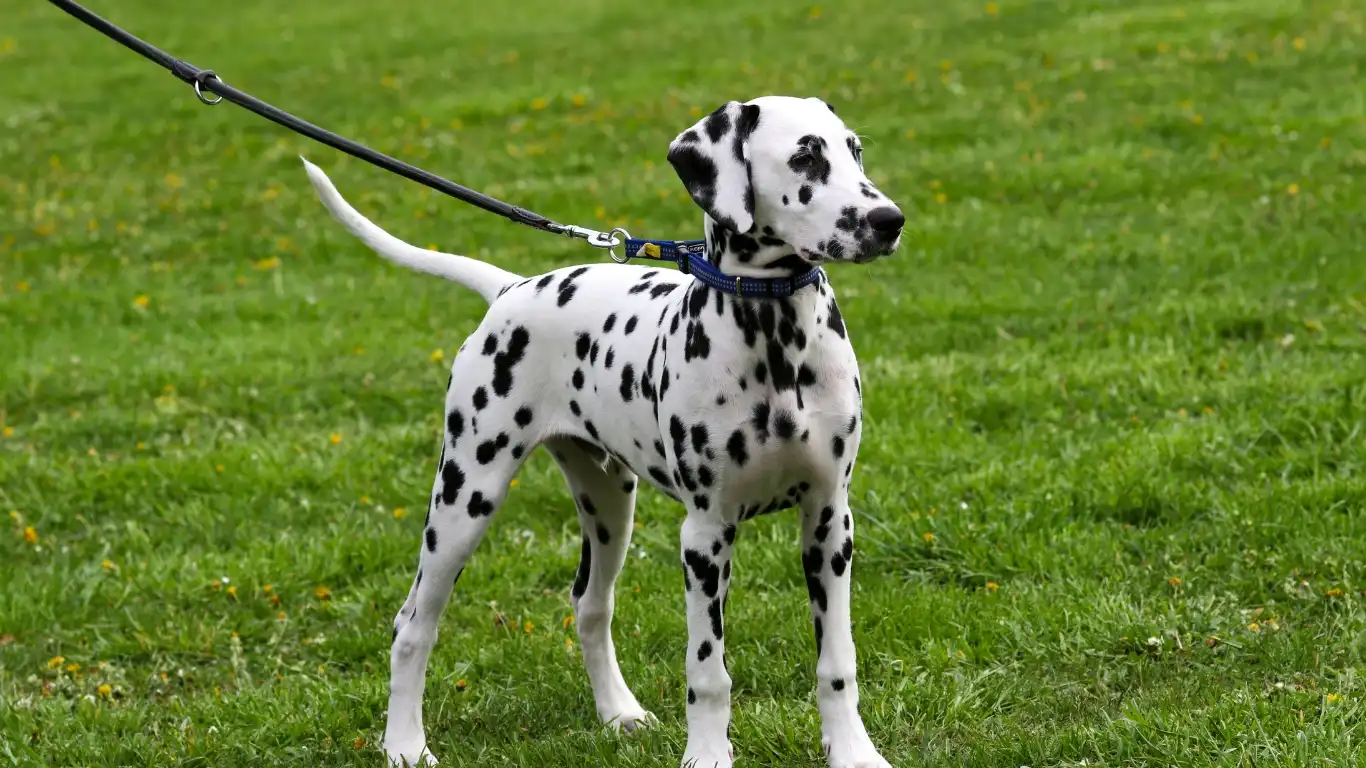
For starters, you want to make sure you’re using a product that’s specifically formulated for dogs. Human eye drops or wipes are a big no-no—they can contain preservatives or chemicals that can be too harsh for your dog’s sensitive eyes. Pet-safe eye cleaners are designed to be gentle yet effective, helping remove debris without causing any discomfort.
Types of Eye Cleaning Products
Here are the main types of products you can choose from:
- Eye Washes – These are usually liquid solutions that you can apply directly to the eye or use with a cotton ball. They work wonders for flushing out irritants like dust or pollen. They’re typically mild and soothing, often containing ingredients like saline or witch hazel, which can help calm irritated eyes.
- Tear Stain Removers – If your dog has tear stains or discoloration around their eyes, a tear stain remover can help break down the buildup. These products are specifically designed to target the proteins in the tears that cause staining. I recommend using a product that’s gentle and free from harsh chemicals to avoid further irritation.
- Wipes – Pre-moistened eye wipes are a convenient option if you’re short on time or if your dog doesn’t tolerate the liquid solutions as well. These wipes usually contain mild cleansers and soothing ingredients. They’re great for quick wipe-downs but be sure to choose one with safe, pet-friendly ingredients.
While I’ve found that many dog owners have success with these products, I can’t stress enough how important it is to read the labels. Always check for any potential allergens or harsh chemicals that might irritate your dog’s sensitive skin. And remember, when in doubt, consult your vet for product recommendations!
How to Apply Eye Cleaning Products Correctly
Now that you’ve got your supplies, it’s time to use them. But how do you go about applying the product safely without making your dog feel uncomfortable? Here are a few simple tips to ensure that the cleaning process goes smoothly for both you and your dog:
- Be Gentle – This is key! The skin around your dog’s eyes is delicate, so you want to be extra gentle when cleaning. Always use light, soft strokes and avoid any rough handling.
- Start Slow – If this is your first time cleaning your dog’s eyes, take it slow. Let your dog get used to the process. You can even practice just gently touching around their eyes before applying the product to get them accustomed to the feeling.
- Use a Fresh Cotton Ball or Wipe – Never reuse the same cotton ball or wipe, as this can spread bacteria or dirt back onto your dog’s eyes. Always use a fresh one for each wipe to keep things hygienic.
- Don’t Force It – If your dog seems overly stressed or uncomfortable, stop and try again later. Some dogs are more sensitive to having their faces touched, so don’t rush the process. If needed, try offering a treat or two to keep them calm.
After you’ve applied the product, it’s a good idea to give your dog a quick once-over to make sure no residue is left behind. You can use a clean, damp cloth to gently wipe around the area if needed. If you’re using a liquid solution, make sure it doesn’t drip into the rest of the face or cause any irritation on the skin.
Common Mistakes to Avoid When Cleaning Your Dog’s Eyes
While cleaning your dog’s eyes is a great way to prevent and address irritation, there are a few common mistakes you should avoid. Trust me, I’ve learned the hard way a few times, and I don’t want you to make the same mistakes!
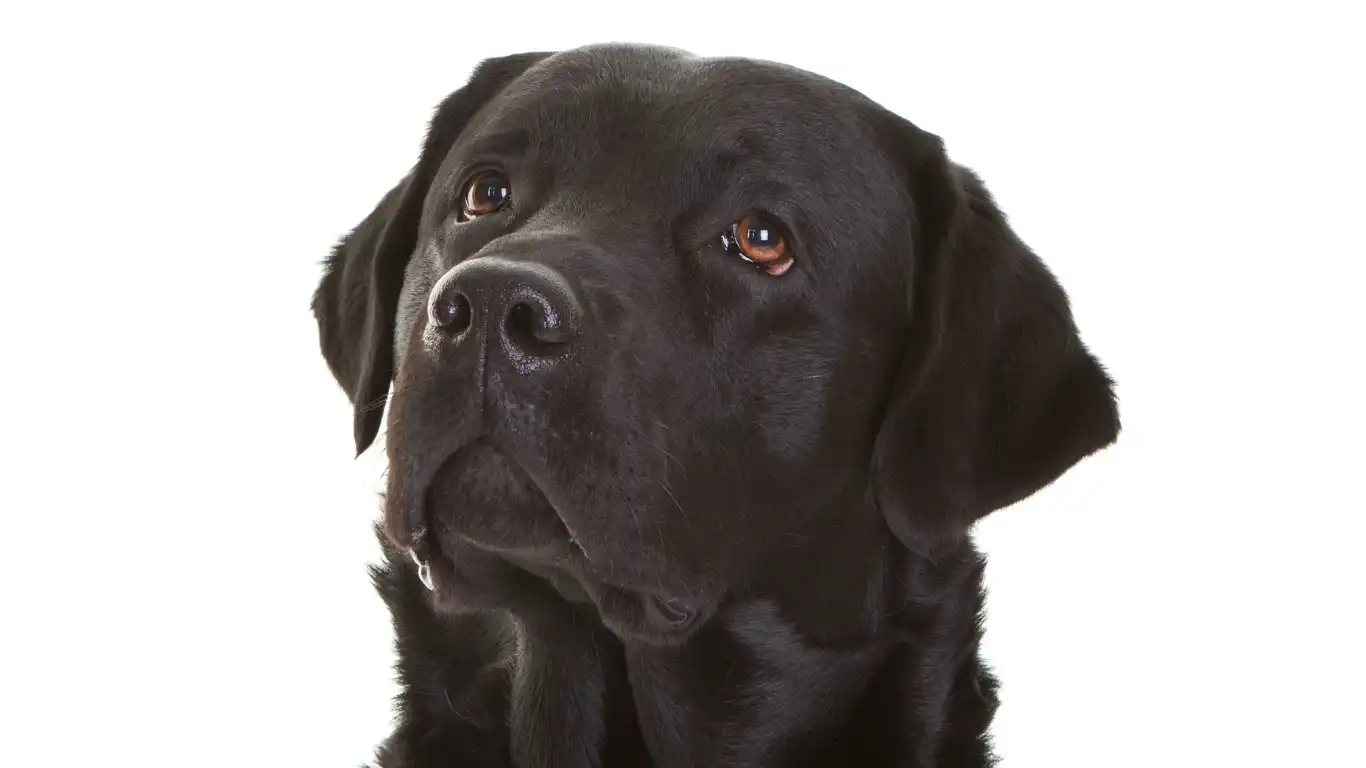
1. Using the Wrong Products
As I mentioned earlier, using products that aren’t specifically formulated for dogs can cause irritation. I can’t tell you how many times I’ve seen dog owners mistakenly grab something that seemed safe but ended up causing more harm than good. Stick with products designed for pets and always double-check the ingredients to ensure they’re safe for your dog’s eyes.
2. Over-Cleaning
It’s easy to think that cleaning your dog’s eyes every day is the best way to keep them healthy, but over-cleaning can actually cause irritation. In fact, too much cleaning can strip the skin of its natural oils, leading to dryness or more sensitivity. I recommend cleaning your dog’s eyes only as needed—typically when you notice discharge or tear stains building up. You don’t need to clean every day unless your vet advises otherwise.
3. Using Harsh Scrubbing Motions
It’s tempting to scrub at the eye area when you see something stubborn that won’t come off, but harsh scrubbing can hurt your dog and cause redness or swelling. Always be gentle when cleaning around their eyes—let the solution do the work, and avoid pressing too hard. If the discharge is too thick to remove, try using a little more solution and give it time to soften before wiping it away.
4. Ignoring Signs of Infection
While cleaning your dog’s eyes, be sure to keep an eye out for any signs of infection or underlying health issues. If you notice excessive discharge that won’t go away, swelling, or redness around the eyes, it’s a good idea to consult your vet. These could be signs of an infection or another eye condition that needs medical treatment. A quick vet visit could save you a lot of trouble down the road.
In my experience, regular eye maintenance and being mindful of these common mistakes can go a long way in keeping your dog’s eyes healthy. If you’re ever unsure about whether your dog’s eyes need attention, don’t hesitate to reach out to your vet—they’ll be more than happy to help guide you in the right direction.
Preventative Care for Your Dog’s Eyes
While cleaning your dog’s eyes is essential for keeping them comfortable, prevention is always better than cure! There are a few simple steps you can take to minimize the risk of eye irritation and maintain long-term eye health for your furry friend.
- Keep Their Face Clean – Regularly wipe down the area around your dog’s eyes, especially if they’re prone to tear stains or debris. This can help prevent buildup and irritation before it even starts.
- Protect Them from Allergens – If you know your dog suffers from seasonal allergies, try to limit their exposure to known allergens like pollen. Wipe their face after outdoor walks to remove any dust or pollen they might have come in contact with.
- Trim Hair Around the Eyes – If your dog has long fur around their eyes, trimming it can help reduce the chances of hair getting in their eyes and causing irritation. Just make sure to be careful and use blunt-end scissors or visit a groomer to avoid any accidental pokes!
- Schedule Regular Vet Checkups – Regular vet visits are a great way to catch any potential eye problems early. If your dog is showing signs of chronic irritation or infection, your vet can provide treatment options to address the underlying cause.
Taking these preventative steps can help ensure that your dog stays happy and comfortable. Healthy eyes mean a happy dog, and as a pet owner, that’s what we all want to see, right?

When to Seek Professional Help for Your Dog’s Eyes
Despite our best efforts, there are times when eye irritation can go beyond what simple cleaning can fix. I’ve seen countless dogs come into the clinic with eye issues that, despite initial cleaning and care, still required professional attention. Knowing when to consult your vet is a crucial part of eye care for your dog. If you’re ever in doubt, don’t hesitate to reach out—early intervention can make a world of difference.

Signs Your Dog Needs Veterinary Care
Here are a few signs that indicate it might be time to seek veterinary attention:
- Persistent Discharge – If your dog’s eyes are constantly discharging, even after cleaning, it could be a sign of an infection or another underlying issue. Normal tear production should not result in constant, thick discharge.
- Redness and Swelling – If you notice that your dog’s eyes are red, swollen, or irritated beyond what’s usual for a mild case of irritation, it’s time to see the vet. This could be a sign of an infection or even an allergic reaction that needs proper treatment.
- Squinting or Excessive Tearing – If your dog seems to be squinting, especially in bright light, or if you notice excessive tearing (more than usual), they may be experiencing more than just a minor irritation. This could point to conditions like dry eye or conjunctivitis.
- Behavioral Changes – Sometimes, eye discomfort can lead to noticeable behavioral changes. If your dog is suddenly more lethargic, avoiding activity, or acting out of character, it could be because their eyes are bothering them more than you realize.
When you notice these signs, it’s important to act quickly. Eye issues can worsen over time and may lead to more serious complications if not addressed. A trip to the vet ensures that your dog gets the right treatment, whether that’s antibiotics, an allergy regimen, or even surgery in rare cases.
How to Prepare for Your Vet Visit
If your dog’s eye issues are bad enough to require a vet visit, there are a few things you can do to make the experience easier and more efficient for both you and your dog. The more information you can provide to your vet, the quicker they can get to the bottom of the problem and recommend the best treatment.
- Keep a Record of Symptoms – Before heading to the vet, take note of the symptoms your dog is experiencing. How long have they been showing signs of irritation? Has there been any change in their behavior, appetite, or energy levels? Jot down any details that could be helpful for your vet in determining the cause of the problem.
- Take Photos – If your dog’s eyes are looking irritated, it can be helpful to snap a few photos to show the vet. Sometimes, what seems like a minor irritation can be a bit more concerning, and visual documentation can be a helpful tool for diagnosis.
- Bring Your Dog’s Medical History – If you’re seeing a new vet or if your dog has had previous eye problems, make sure to bring their medical history along. This will help your vet understand your dog’s health background and any recurring eye issues they might have had.
By being prepared, you’ll help your vet make a faster and more accurate diagnosis. Eye issues can sometimes be tricky to treat, but with the right information, your vet can provide the appropriate care to ensure your dog’s eyes are back to normal in no time.
Understanding Common Eye Conditions in Dogs
As a veterinary technician, I’ve encountered a range of eye conditions in dogs, many of which are completely treatable when caught early. Let’s take a quick look at some of the most common eye issues your dog might experience and how they’re typically treated.
1. Conjunctivitis (Pink Eye)
Conjunctivitis, or pink eye, is a common condition that can affect dogs of all ages and breeds. It occurs when the conjunctiva (the thin layer of tissue covering the white part of the eye) becomes inflamed. The causes can range from allergies to bacterial infections, and it often results in redness, swelling, discharge, and squinting. If your dog has conjunctivitis, they may also be pawing at their eyes or rubbing their face.
Treatment typically involves eye drops or ointments prescribed by your vet, and in some cases, oral antibiotics may be necessary if the cause is bacterial. If allergies are the culprit, your vet may recommend antihistamines or an allergy-specific treatment plan.
2. Dry Eye (Keratoconjunctivitis Sicca)
Dry eye is a condition where your dog’s eyes do not produce enough tears, leading to dryness and irritation. This can cause your dog to squint, have red eyes, or experience excessive discharge. Dry eye is more common in certain breeds like Bulldogs and Shih Tzus, but it can happen to any dog.
Most of the time, dry eye can be managed with special eye drops that help lubricate the eyes and stimulate tear production. In severe cases, surgery may be needed to help improve tear production.
3. Corneal Ulcers
Corneal ulcers are painful sores on the surface of your dog’s eye that can be caused by injury, infection, or even an underlying health condition. If you notice your dog squinting excessively, avoiding light, or pawing at their eyes, they could be suffering from a corneal ulcer.
Treatment usually involves a combination of antibiotics and pain management. If the ulcer is large or deep, your vet may recommend surgery or special bandaging to protect the eye while it heals.
4. Glaucoma
Glaucoma is a serious condition where the pressure in the eye builds up, leading to pain and, if left untreated, potential blindness. It can develop suddenly or gradually, and symptoms can include red eyes, squinting, or a cloudy appearance in the eye.
Glaucoma requires immediate veterinary attention, as it can cause irreversible damage to the eye if not treated quickly. Your vet may prescribe medications to reduce eye pressure and, in severe cases, surgery to remove the affected eye.
References
For more information on keeping your dog’s eyes healthy, check out these helpful resources:
- American Kennel Club (AKC)
- UC Davis School of Veterinary Medicine
- American Veterinary Medical Association (AVMA)
Disclaimer
The information in this article is intended for general informational purposes only and should not be considered as professional veterinary advice. Always consult a qualified veterinarian for any concerns about your pet’s health. Each dog is unique, and their medical needs should be addressed on an individual basis. If your dog is showing signs of discomfort or infection, please seek the guidance of a licensed veterinarian promptly.




